A lot of good ideas are being incubated to reinvent the publishing revenue model. We’re going to begin profiling some of these ventures under the label “Revenue 2.0.” If you’d like to be considered, send us a description of your product or service along with contact information. Please don’t send ideas; there are plenty of those. We’re looking for going concerns.
 Pete Groverman can’t believe it’s so difficult to buy a newspaper ad.
Pete Groverman can’t believe it’s so difficult to buy a newspaper ad.
“If you want to place an ad in every newspaper in Philadelphia, you have to either contact each paper directly or hire an agency or a broker to do it for you,” he says. “It takes about two weeks and it’s a pain in the neck.”
The 26-year-old Philadelphia entrepreneur thinks he has a better way. Groverman and a small crew of bootstrap-funded dreamers have developed Tapinko, a sort of eBay for advertising. “It’s the online marketplace for offline ad space,” he says.
Like eBay, Tapinko helps buyers and sellers find each other but doesn’t disrupt the normal sales process. Prospective advertisers can log into the service and find a list of outlets for their ad. They select the opportunities that interest them and submit their request to the system. On the other end, advertisers field and respond to individual inquiries, either selling at posted rates or negotiating side deals. Tapinko takes a small commission from the publisher for each successful sale. The service also includes a variety of tools for tracking and managing ad campaigns.
 Tapinko launched into the college market and has signed up more than 125 college newspapers. Emboldened by early success, the seven-person startup are now seeking alliances with mainstream publications. In May, they signed their biggest deal to date, a partnership with Greater Media Newspapers of Freehold, New Jersey. Advertisers will be able to buy space in Greater Media’s 12 newspapers via the Tapinko service.
Tapinko launched into the college market and has signed up more than 125 college newspapers. Emboldened by early success, the seven-person startup are now seeking alliances with mainstream publications. In May, they signed their biggest deal to date, a partnership with Greater Media Newspapers of Freehold, New Jersey. Advertisers will be able to buy space in Greater Media’s 12 newspapers via the Tapinko service.
Where Google Went Wrong
Tapinko’s approach is reminiscent of Google Print Ads, a service that the search giant shuttered early this year. Groverman believes Google’s mistake was in messing with the existing process. “Google Print Ads was a Priceline approach where buyers named their own price and Google owned the brand,” he says. “Newspaper sales reps had no incentive to recommend the service.”
In contrast, Tapinko merely serves as a connector. Buyers still do business with individual publications at individual rates. Ad reps still collect their commissions. “We’re piggybacking on the way advertising has been sold for hundreds of years,” he says.
And it turns out clients don’t have to be traditional publishers. Among Tapinko’s list of media outlets is a young woman who offers to display a client’s bumper sticker on her car for a monthly fee of $75. Another man will display a company’s logo as a tattoo for free as long as the advertiser pays for the tattoo.
The fledgling venture was recently accepted into the Philadelphia-based Dreamit Ventures startup foundry and is now seeking venture capital.
Miscellany
As expected, Sun Newspapers is pulling the plug on half its Ohio weeklies this week, consolidating 22 titles into 11 and laying off one third of its staff. The move is part of a sweeping plan to reduce the company’s workforce by 115 people that was announced last month. It’s unclear whether other shoes have yet to drop, since the 17 jobs eliminated in the consolidation are a tiny fraction of the planned total. The company announced plans to eliminate 45 editorial positions last month.
About 30 staffers at the Milwaukee Journal Sentinel just took a very generous buyout offer. The offer was so attractive, in fact, that many of the departing journalists are Sentinel lifers. Get this: the buyout offers two weeks’ pay for each year of service with an additional 10 weeks added on for people with more than 15 years. So It’s probably not surprising that people like broadcast media columnist Tim Cuprisin (23 years), theater critic Damien Jaques (37 years), books editor Geeta Sharma-Jensen (20 years), education reporter Alan Borsuk (37 years), pop music writer Dave Tianen (21 years) and music/dance writer Tom Strini (27 years) are exiting the scene. Jaques and Borsuk will each draw checks through early 2011, which isn’t a bad deal at all.
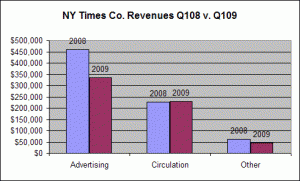



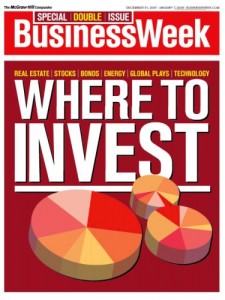 Have you always wanted to own a newsweekly? Well, you can buy BusinessWeek for $1. If that sounds like a bargain, keep in mind that the magazine is reportedly set to lose $75 million this year. That’s down from profits of up to $100 million during the dot-com boom. Times certainly have changed.
Have you always wanted to own a newsweekly? Well, you can buy BusinessWeek for $1. If that sounds like a bargain, keep in mind that the magazine is reportedly set to lose $75 million this year. That’s down from profits of up to $100 million during the dot-com boom. Times certainly have changed.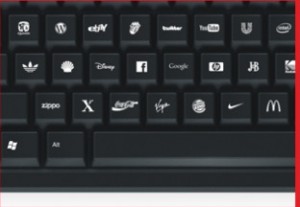 Last week’s
Last week’s 
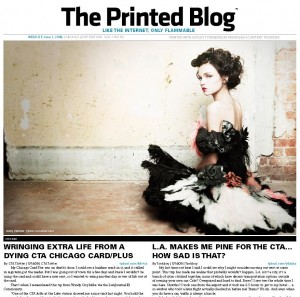
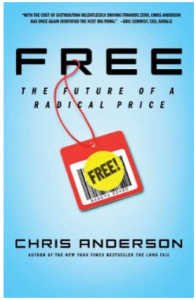
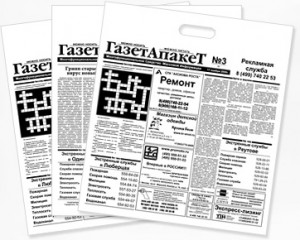 The comedy team of Bob & Ray once had a skit about an idea called edible food packaging. It turns out the notion may not have been so far-fetched, as publishers are trying every possible idea to make their print products palatable. In Moscow, the the
The comedy team of Bob & Ray once had a skit about an idea called edible food packaging. It turns out the notion may not have been so far-fetched, as publishers are trying every possible idea to make their print products palatable. In Moscow, the the 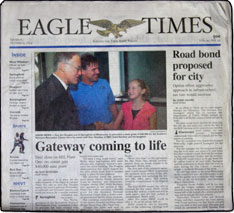 The 175-year-old Claremont, N.H. Eagle Times
The 175-year-old Claremont, N.H. Eagle Times 

